Technical Specifications
- Model: ABB SUE3000 1VCF750090R0804
- Type: Control and Monitoring Device
- Manufacturer: ABB
- Power Supply: Typically operates on a range of input voltages, often 24V DC, 115V AC, or 230V AC, depending on specific configuration.
- Communication Protocols: Supports various industrial communication protocols, which might include Modbus, Profibus, or Ethernet for integration into control systems.
- Inputs/Outputs:
- Inputs: Various types including analog inputs (e.g., 4-20mA, 0-10V) and digital inputs.
- Outputs: Includes relay outputs, analog outputs, or digital outputs depending on the module configuration.
- Display and Interface: May include an LCD or LED display for status information and a user interface for configuration and diagnostics.
- Enclosure: Designed to fit into standard control panels or enclosures, dimensions will vary based on the specific model.
Functionality
- Control: Provides control functions for various industrial processes. Capable of regulating process variables such as temperature, pressure, or flow.
- Monitoring: Monitors input signals and process variables, offering real-time data and feedback.
- Automation: Facilitates automation of control processes, optimizing system performance and efficiency.
- Diagnostics: Includes diagnostic capabilities to troubleshoot and maintain system health, with alarms and fault detection features.
Features
- High Precision: Delivers accurate control and monitoring to support reliable operation of industrial systems.
- Flexibility: Configurable for a wide range of applications, allowing customization based on specific requirements.
- Integration: Compatible with various industrial communication standards and systems for seamless integration.
- User Interface: Typically features an intuitive user interface for ease of setup, configuration, and operation.
- Reliability: Designed for robust performance in industrial environments, with features to ensure high availability and reliability.
- Scalability: Can be used in both small-scale and large-scale applications due to its flexible configuration options.
Application Scenarios
- Industrial Automation: Used in industrial automation systems for controlling and monitoring various process parameters.
- Process Control: Applied in processes where precise control and monitoring are essential, such as chemical processing, water treatment, and manufacturing.
- Building Management: Can be integrated into building management systems for HVAC control, energy management, and other building services.
- Energy Management: Utilized in energy management systems for monitoring and controlling energy consumption and efficiency.
Installation and Maintenance
- Installation: Typically mounted in control panels or enclosures. Requires proper wiring and connection to power sources and field devices.
- Configuration: Involves setting up input and output parameters, communication settings, and control logic through the device’s user interface or configuration software.
- Maintenance: Regular monitoring and diagnostic checks are recommended to ensure optimal operation. Firmware updates and calibration may be required based on application needs.

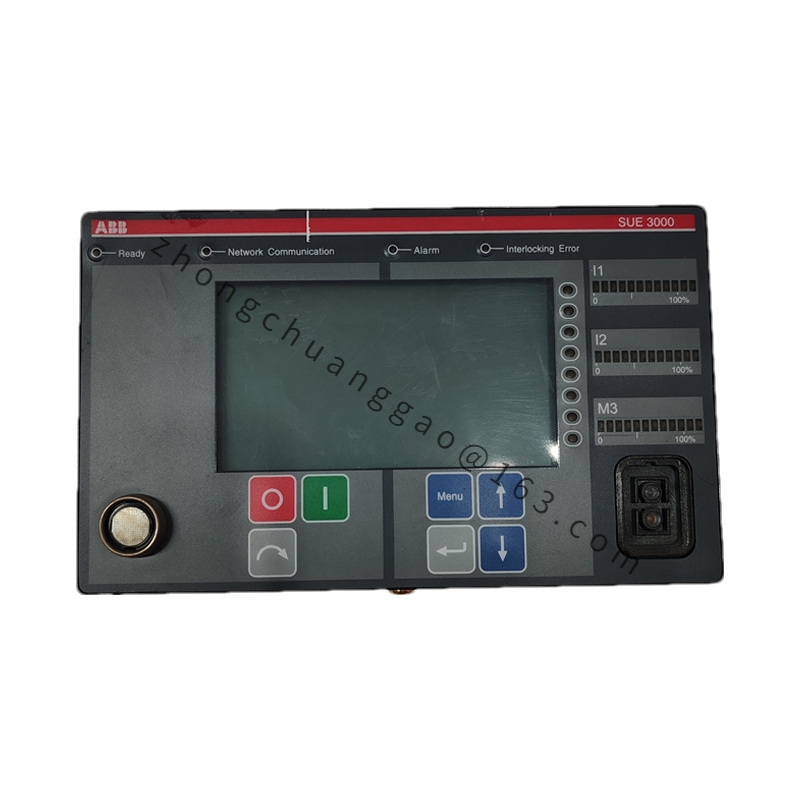

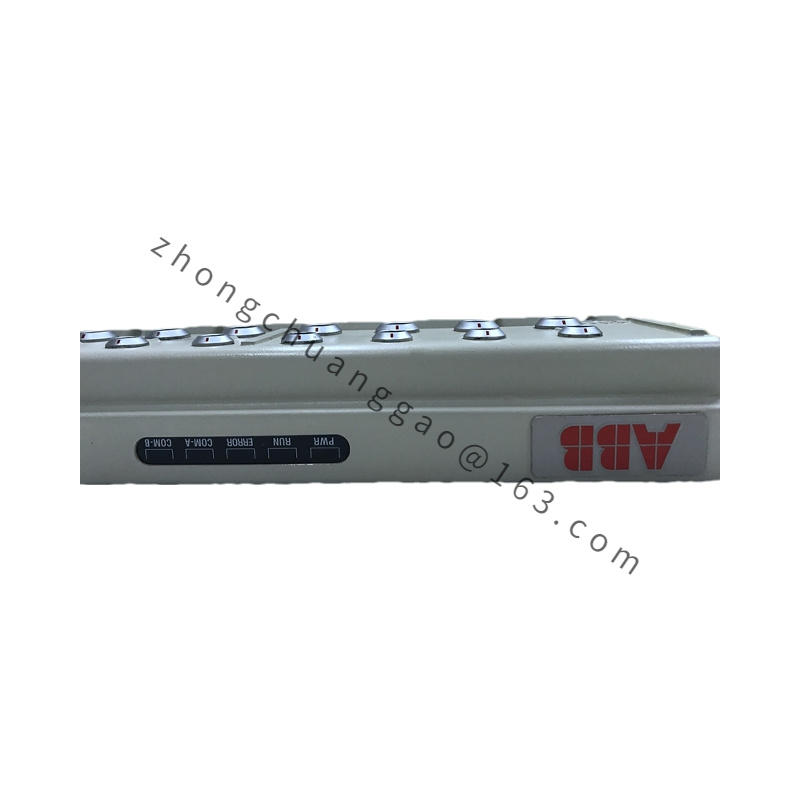
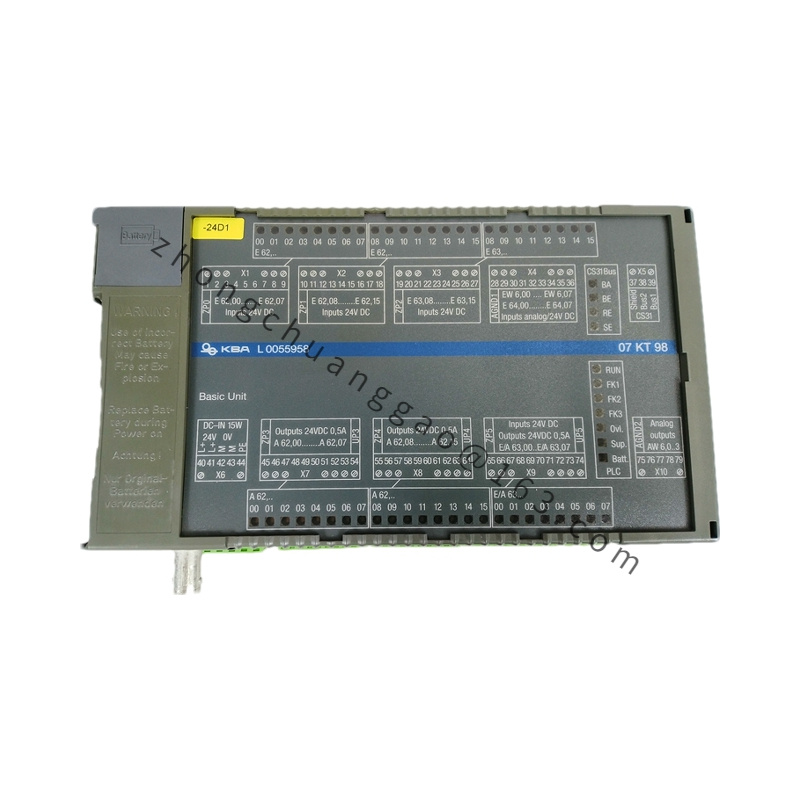

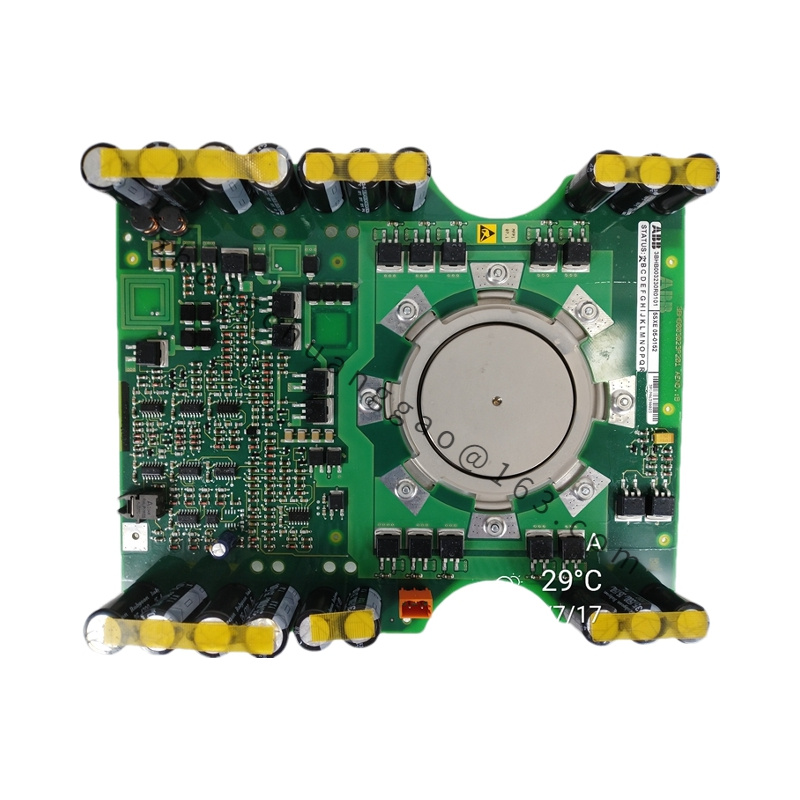
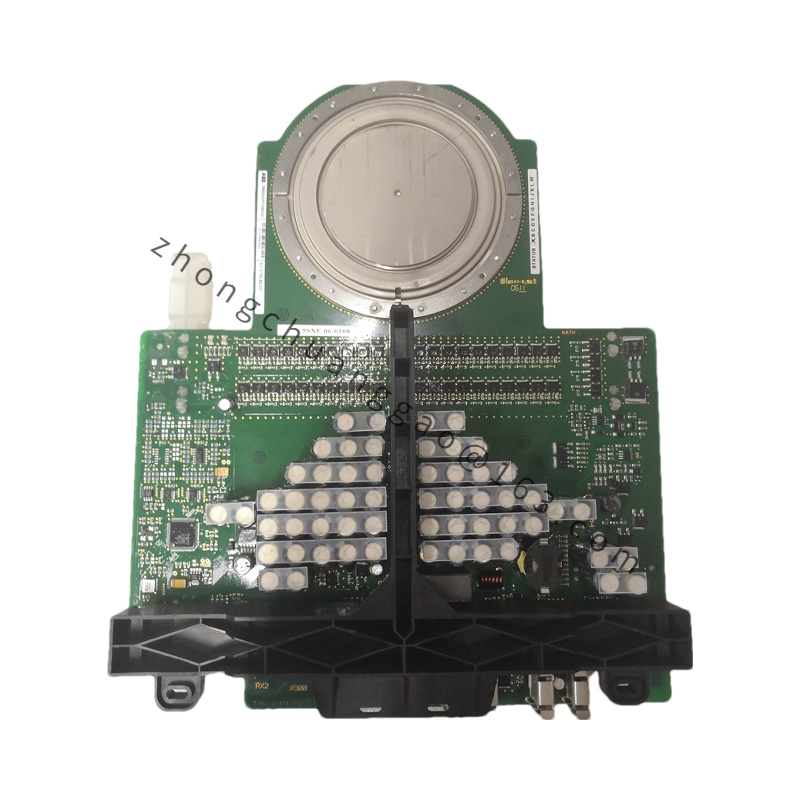
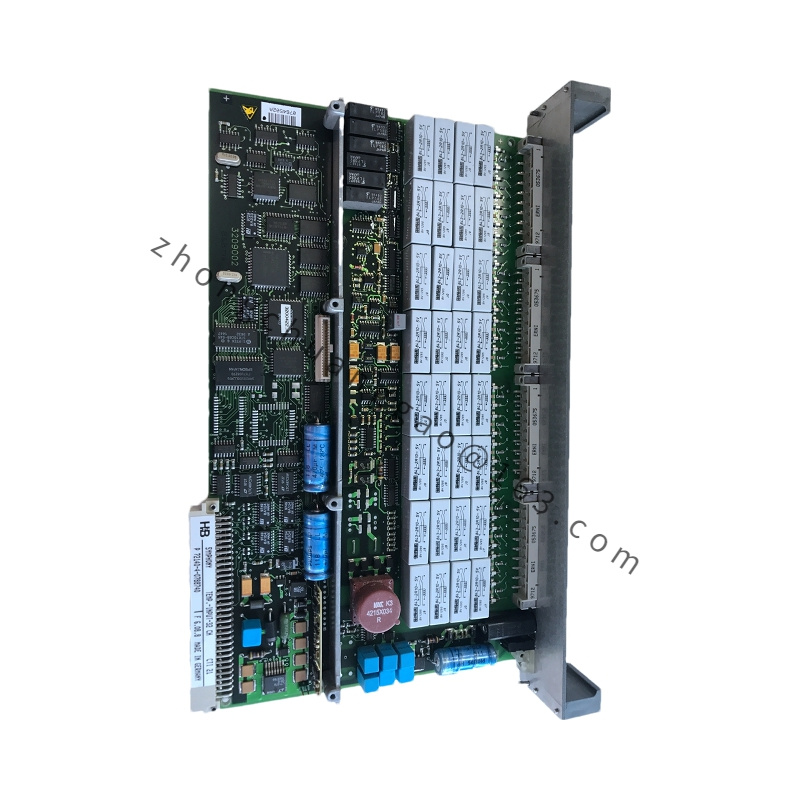
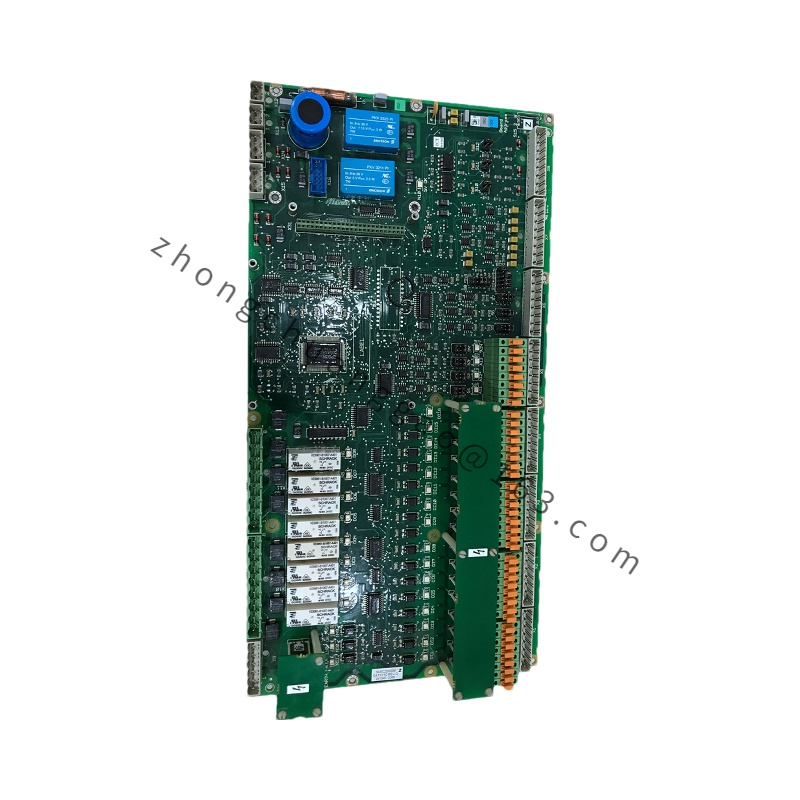
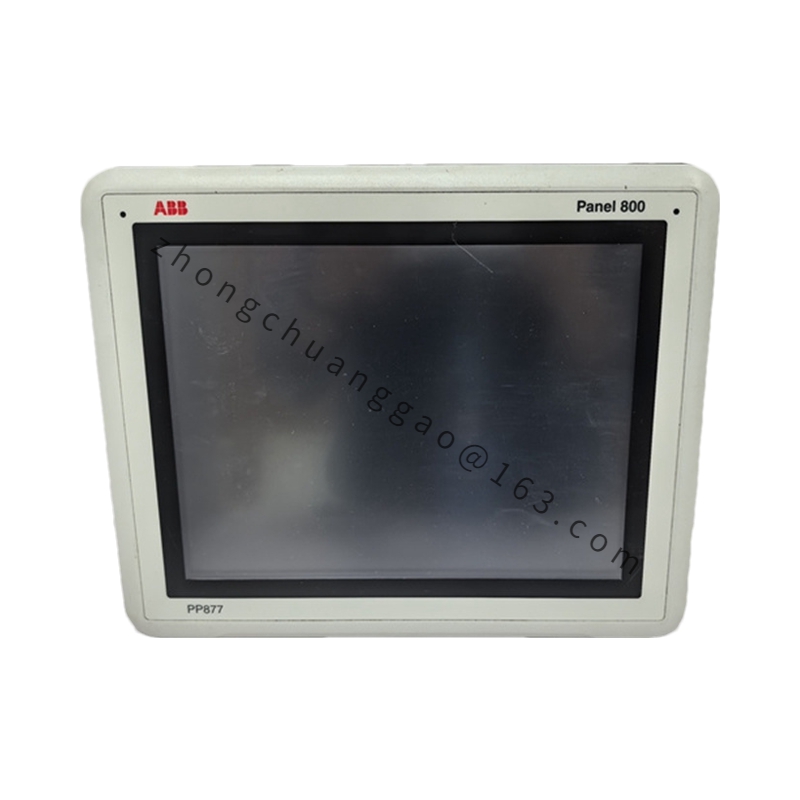
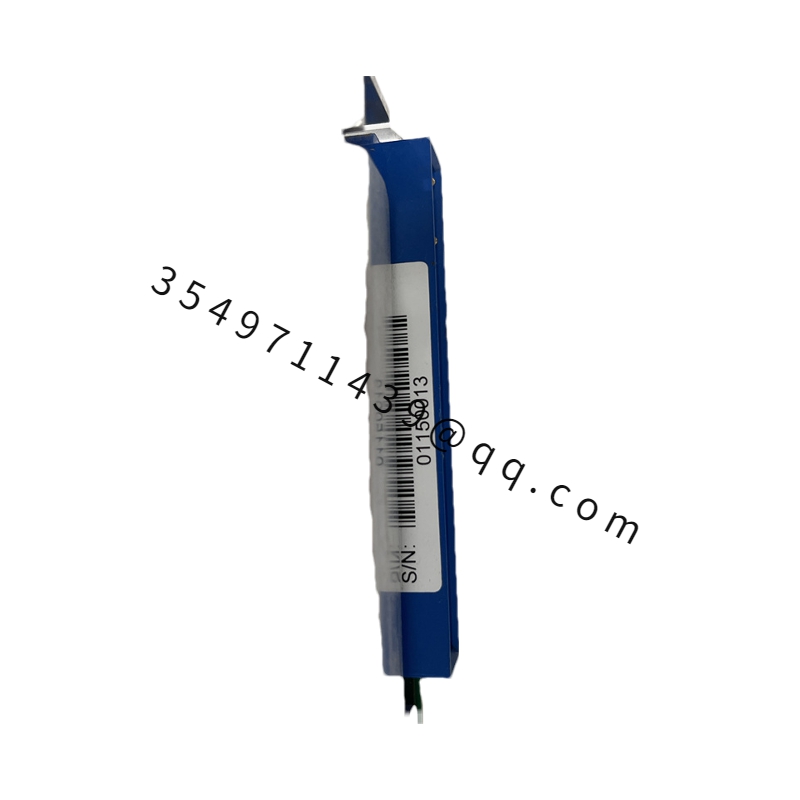
.jpg)